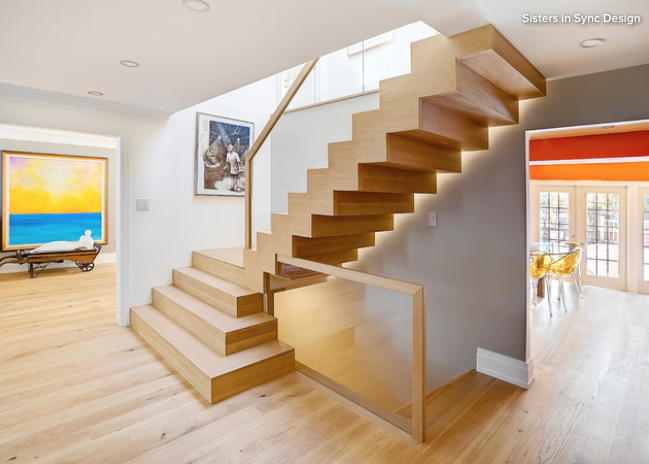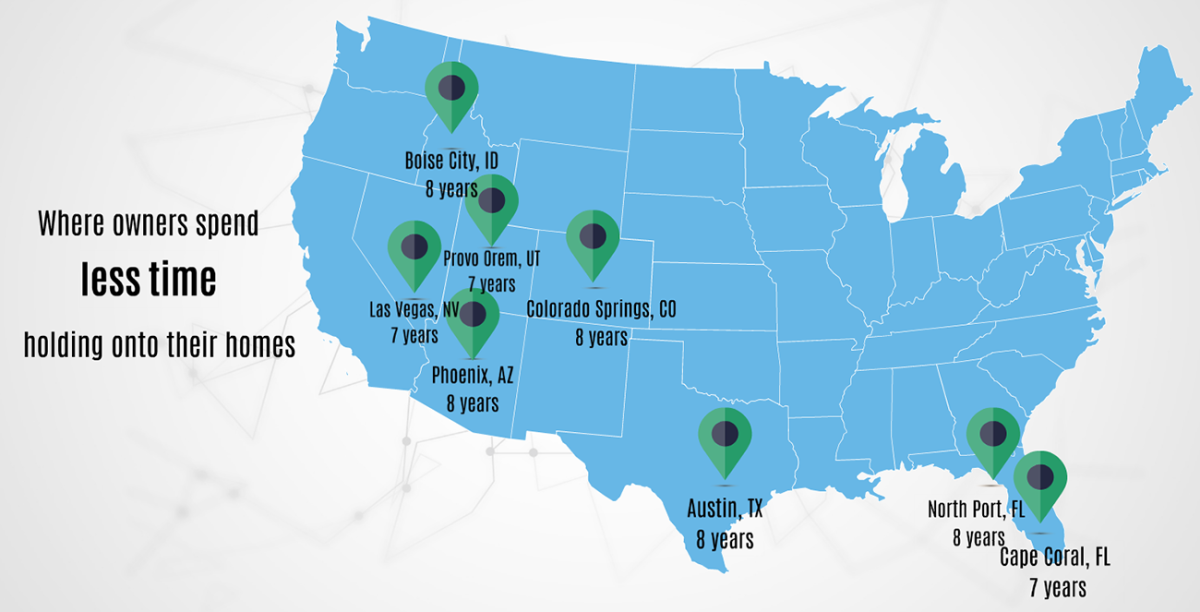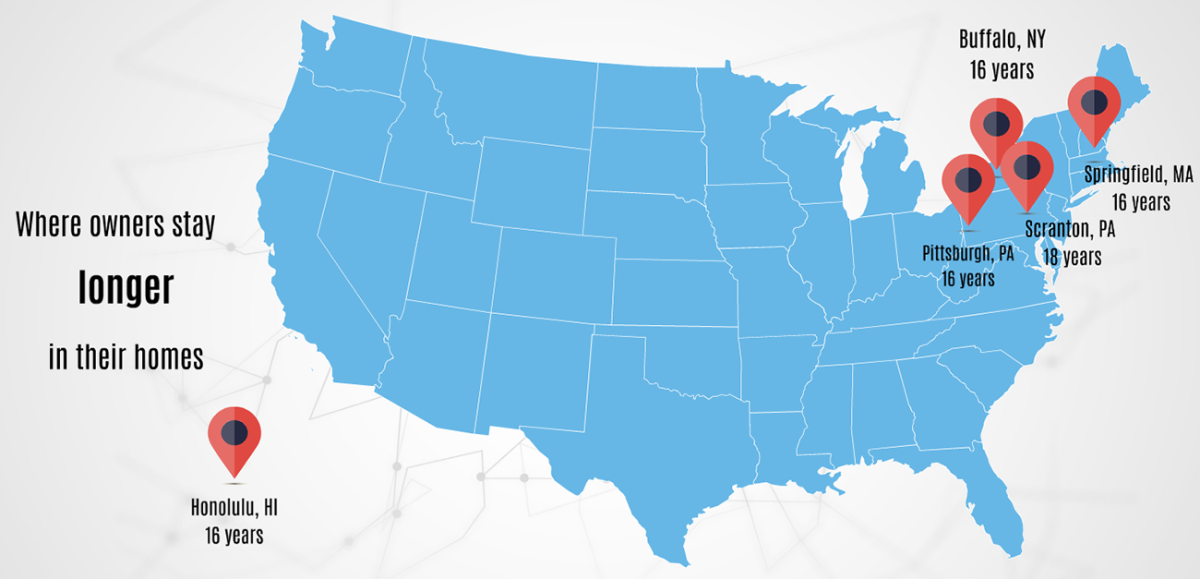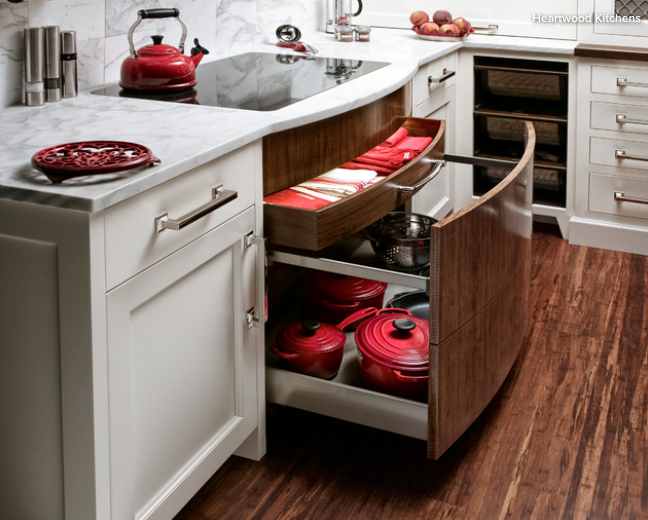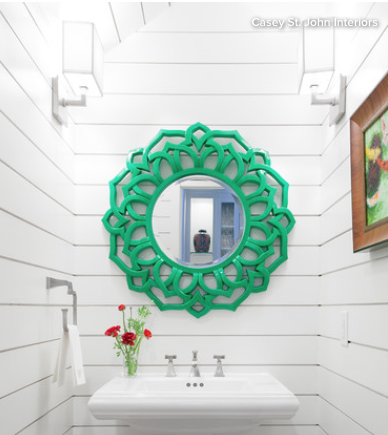Custom and semicustom vanities are popular, as are accent walls, the 2019 U.S. Houzz Bathroom Trends Study shows
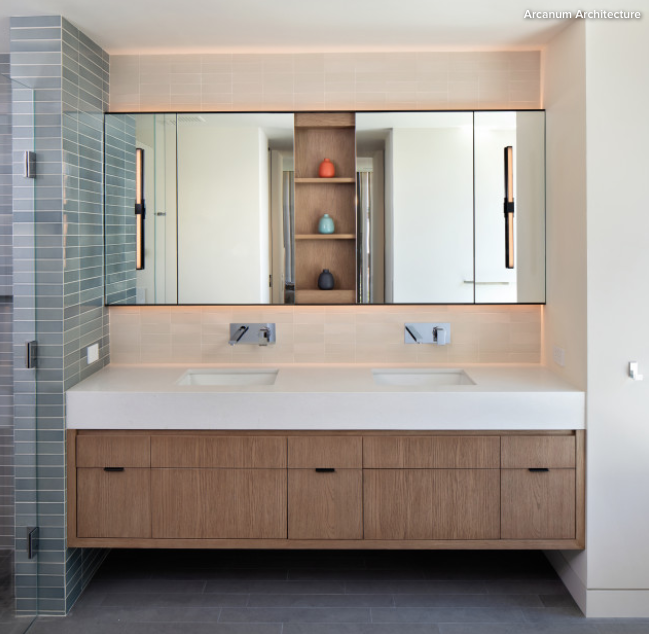
When it comes to a master bathroom remodel, customizing can make a space both more functional and more personalized. Many homeowners are choosing to customize their storage with custom or semicustom vanities, while some are personalizing storage even further with customized medicine cabinets, according to the 2019 U.S. Houzz Bathroom Trends Study.
And one-third of homeowners renovating their master bathrooms are adding a custom design touch to these spaces with an accent wall. Read on for more details on the custom touches homeowners are giving their master bathroom remodels now.


